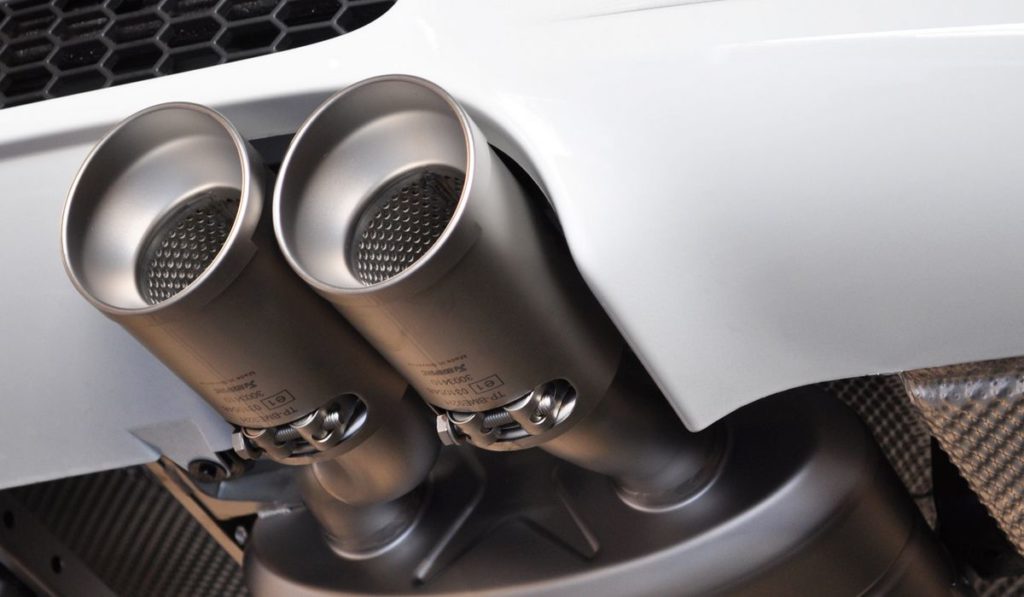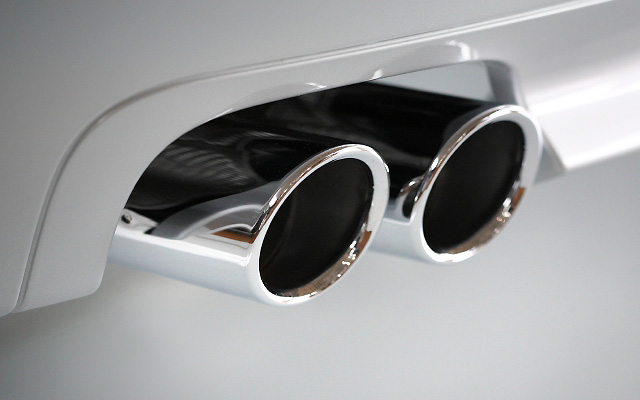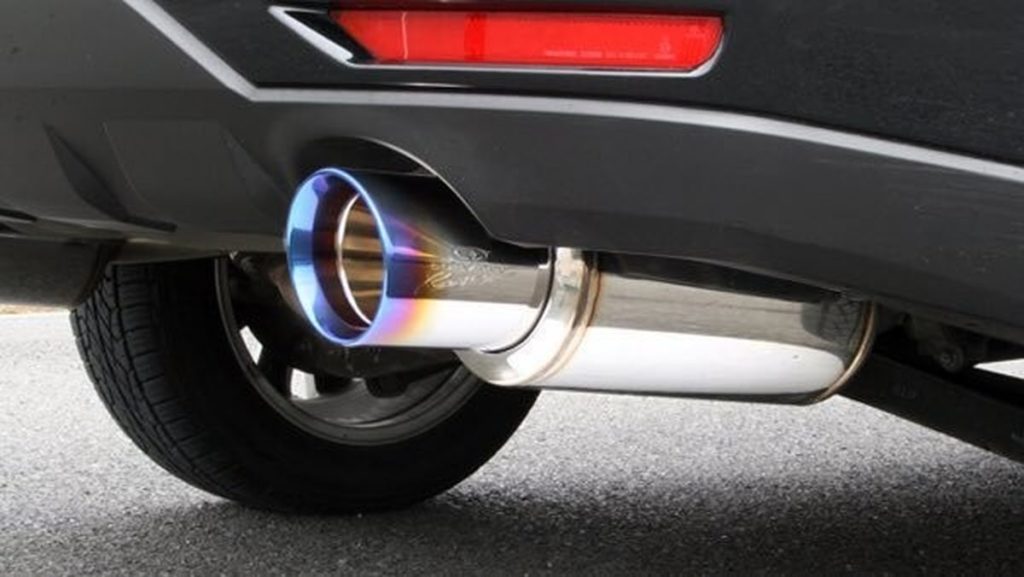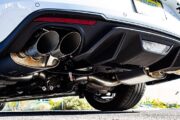Typically, exhaust systems are made from a lot of parts which play a different role in making the vehicle perform at its best and get rid of pollutant gasses as fast as possible, with just one exception – the muffler. A muffler doesn’t filter harmful particles nor does it improve performance, but it has another important task – to minimize the noises that your vehicle’s engine produces. In other words, it makes your vehicle less annoying to other people by silencing or rather muffling the otherwise loud discharge of pressure coming through it. If you’re in need of one, there are quite a lot of options to choose from on the market. Here’s a bit of help on the matter.

Fit
Before you go ahead an buy the first muffler you come across that’s suitable for your car, you’ll need to make sure you know the exhaust system’s pipe diameter. These are the inlets and sometimes the outlets that connect with the car exhaust muffler. You’ll also need to check the size of the muffler itself for a proper ground clearance – the correct muffle length will ensure an easy installation and proper clamping. The shape and size of the casing need to match that of the vehicle undercarriage in order to fit its confines.
Construction
Every muffler is built to sustain the high pressure generated by the exhaust gasses, while also being corrosion-resistant and absorbant to impacts from road debris. The three-layer body which consists of an outer shell, inner case and a somewhat insulated layer inside is usually made of either aluminised or stainless steel. While aluminised steel is way cheaper than stainless steel, it is not as durable and corrosion-resistant which contributes to its shorter lifespan.

Style
When it comes to muffler styles, you get to choose from three different options – chambered, straight-through and turbo mufflers. Chambered mufflers are exactly what you’d expect them to be – a series of inner chambers set at a specific distance in order to deflect sound waves. This way the noise is canceled due to the waves bumping into each other which makes them cancel each other. The level of noise reduction depends on the size of the muffler and the number of chambers inside. There are some manufacturers which have put sound-deadening baffles inside the chambers to improve the noise reduction level.
Turbo mufflers operate quite differently as they use a number of perforated tubes connected in an S shape and although they have a more restrictive design, they are better at noise reduction than chambered mufflers. Turbo mufflers are ideal for street use as they also make use of sound-deadening baffles crammed around the tubes. Straight-through mufflers, on the other hand, are made to provide the least amount of noise reduction while allowing for more horsepower and airflow. They are made with only one perforated tube in the middle covered in sound-absorbing material, like fiberglass, which is why they are also called ‘glass packs’. This design, although not as noise-reducing, it is more compact than the other two.

Tips
- The car exhaust muffler is meant to reduce noise and not amplify it, so in case your muffler does sound louder and the engine produces a loud whining noise even when it’s standing in place, you should immediately visit a mechanic. Otherwise, you can end up damaging other parts of your exhaust system such as the catalytic converter.
- If you need to refill the gas tank more frequently than the usual, there may be an issue related to the car exhaust muffler. And while the whole exhaust system also plays a role here, it is only if you haven’t tuned it properly. All that cooling down and heating up affects not only the muffler but also the entire exhaust system. To find out if that’s the case, check if the muffler or an exhaust pipe is leaking excessively. This usually happens during especially hot days which can also be a sign that your muffler is worn out.
- Besides noise reduction, your muffler also works to get the gasses through as fast as possible and if you happen to notice an unusual smell, that is because those fumes have started to leak into your car. Although this may not be an instant threat for your vehicle, it can become fatal if you leave it unattended for a long period of time, so make sure to take your car to the mechanic as soon as possible.
- Other common problems include the occurrence of rust, holes and loose parts. Mufflers are known to generate some rust due to the almost constant condensation which occurs in the case when the muffler isn’t hot enough to burn it away. Areas near the shoreline or where there’s a lot of rain can also increase the chances of the muffler picking up some rust. In case you happen to hit a pothole, or any other object that might cause damage to the vehicle’s underbody, make sure to check what’s the situation down there. This usually leads to cracks, holes and even loose parts which you might be able to tighten yourself.


